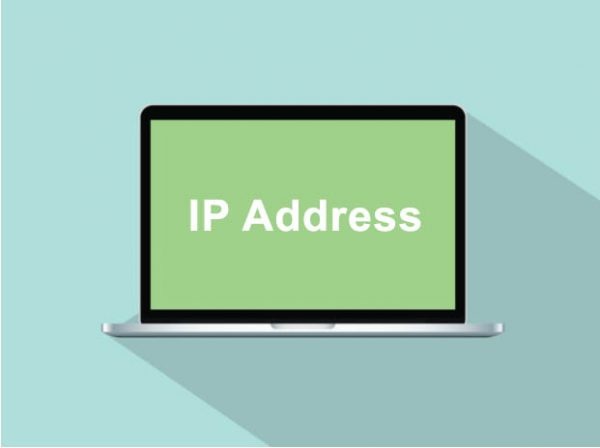
Intro
An Internet Protocol (IP) address is basically your computer’s address on the internet or even a local network. With this IP address, other computers know how to reach you and send you information. IP addresses are divided into the following groups based on their functionality.
Private networks: The IP addresses in these ranges are purely for use on local area networks such as homes, small offices and so on.
Public networks: The IP addresses in these ranges are used on the internet and no machine in the whole world can have the same IP address.
Reserved networks: The IP addresses in these ranges are reserved for special purposes such as multi-casting, broadcasting, link-local, testing/research and much more.
Internet Protocol version 4 (IPv4)
This is the main standard being used on the internet today. Every computer on a network requires an IP address to be able to communicate; e.g. send email, browse the internet & share files.
Example of an IPv4 address: 192.168.1.1
Total IP addresses in the IPv4 range: 4,294,967,296 (232)
Due to the limited number of addresses in the IPv4 ranges, a newer standard was created to replace it. The newer standard is known as Internet Protocol version 6 (IPv6).
Internet Protocol version 6 (IPv6)
This is the standard that is replacing the IPv4 standard. The main advantage of this version over the previous is the sheer number of IP addresses available for use.
Example of an IPv6 address: 2001:0db8:85a3:0000:0000:8a2e:0370:7334
Total IP addresses in the IPv6 range: 340,282,366,920,938,463,463,374,607,431,768,211,456 (2128)
IPv6 has many improvements over IPv4 such as:
- Larger address space
- Stateless address autoconfiguration
- Better security
- Simplified packet header for more efficient processing
IPv4 compatibility with IPv6
Due to the changes in the packet header for IPv6, the 2 protocols are not interoperable. To enable a more seamless transition from IPv4 to IPv6, dual-stack IP implementation were introduced. Any device with dual-stack IP implementation has both IPv4 and IPv6 addresses. This enables the device to communicate with either IPv4 or IPv6.
For more info:
